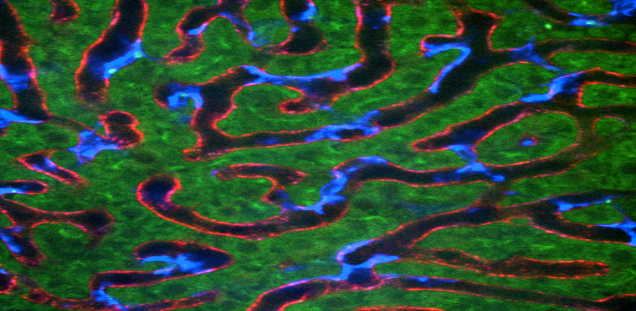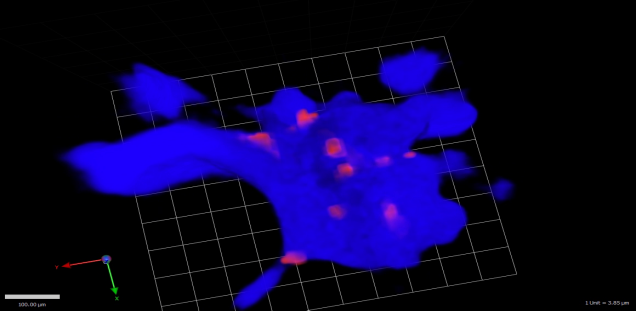AG Deppermann
The group platelets beyond hemostasis studies the non-hemostatic roles of platelets, especially their interactions with the innate immune system (macrophages and neutrophils) during inflammatory diseases of the liver, kidney and intestine.
Platelets are small, anucleate cells that patrol the vasculature to immediately respond to vessel breaches and restore hemostasis. In recent years there has been accumulating evidence that platelets also interact with and regulate cells of the (innate) immune system. It is now accepted that they play roles beyond hemostasis and contribute to (thrombo-)inflammatory processes in several diseases.
Previously, using intravital microscopy of the mouse liver, we visualized platelet interactions with Kupffer cells and showed that these platelet-macrophage interactions (i) are critical for clearing aged platelets from the circulation and (ii) facilitate platelets to sense the activation status of Kupffer cells through the platelet receptor GPIb.
We are currently employing intravital microscopy, tissue clearing, primary cell culture, flow cytometry and other state-of-the-art techniques to understand the complex interplay between platelets and the innate immune system in the liver, kidney and intestine under (patho)physiologic conditions. We are also studying the mechanisms through which platelet clearance in health and disease feeds back to platelet production by megakaryocytes in the bone marrow.

